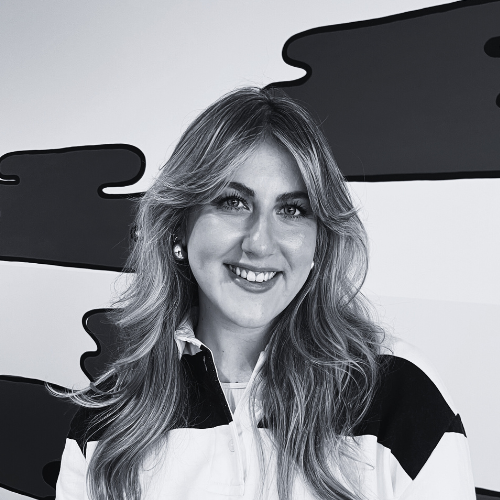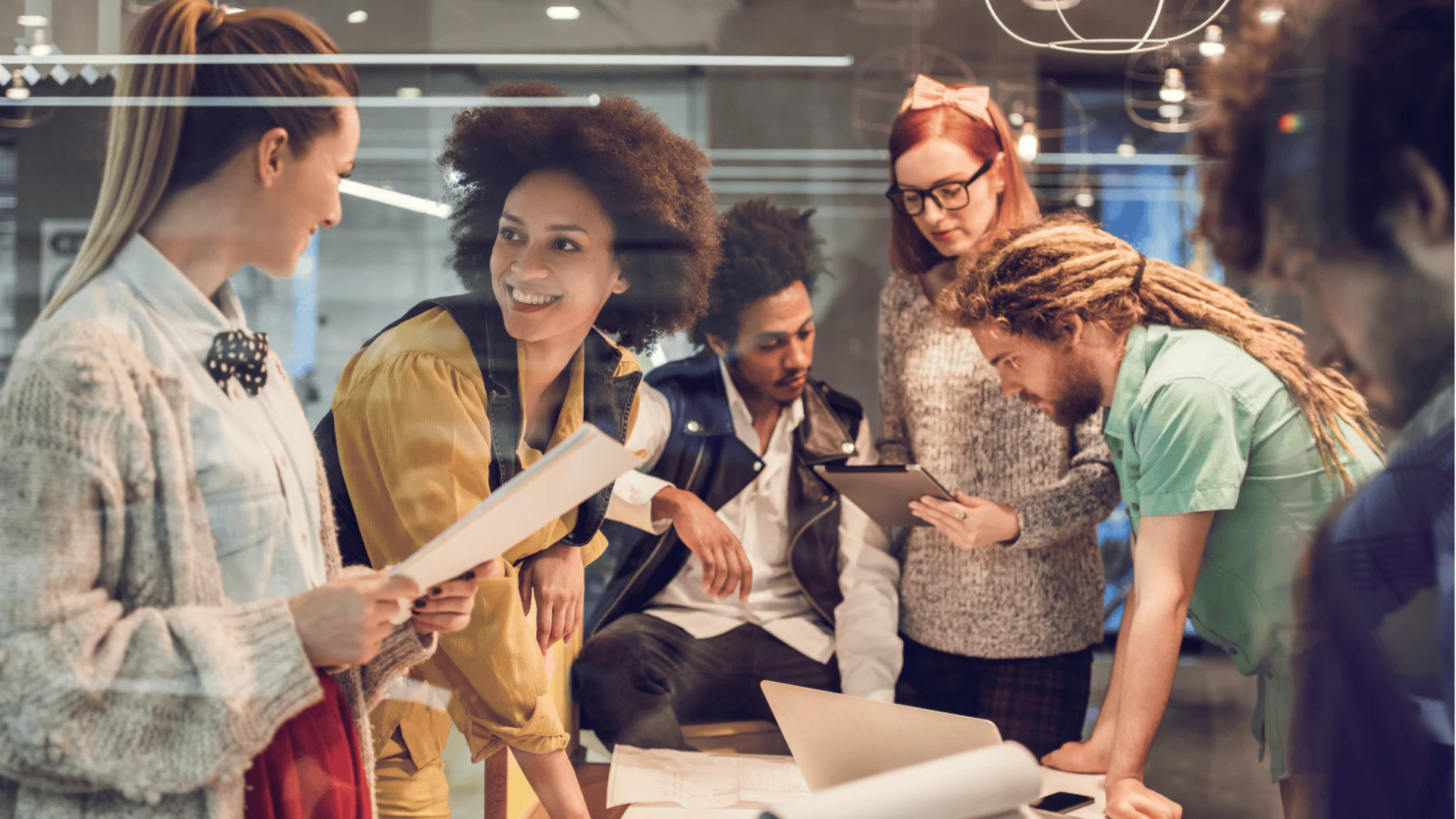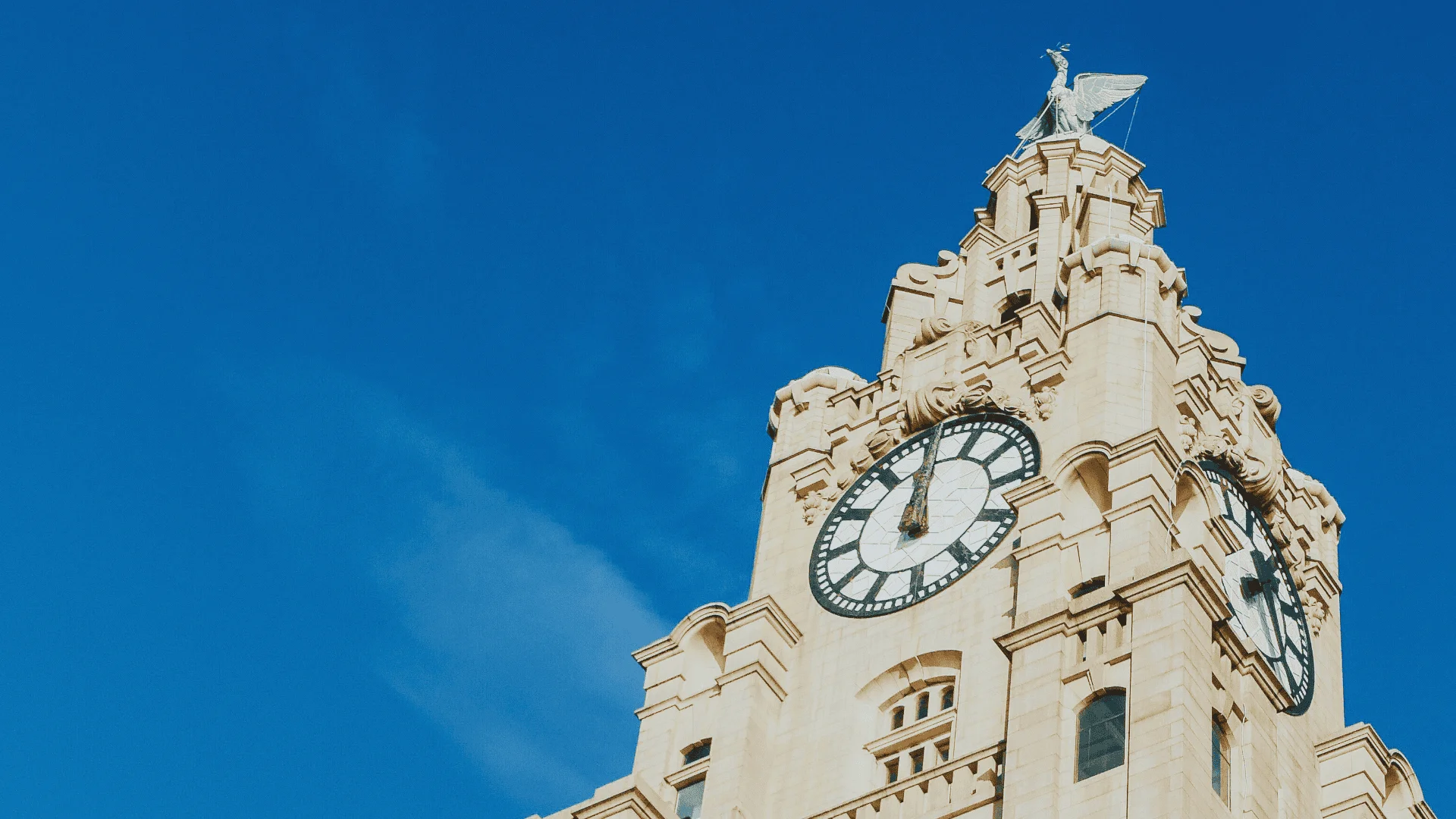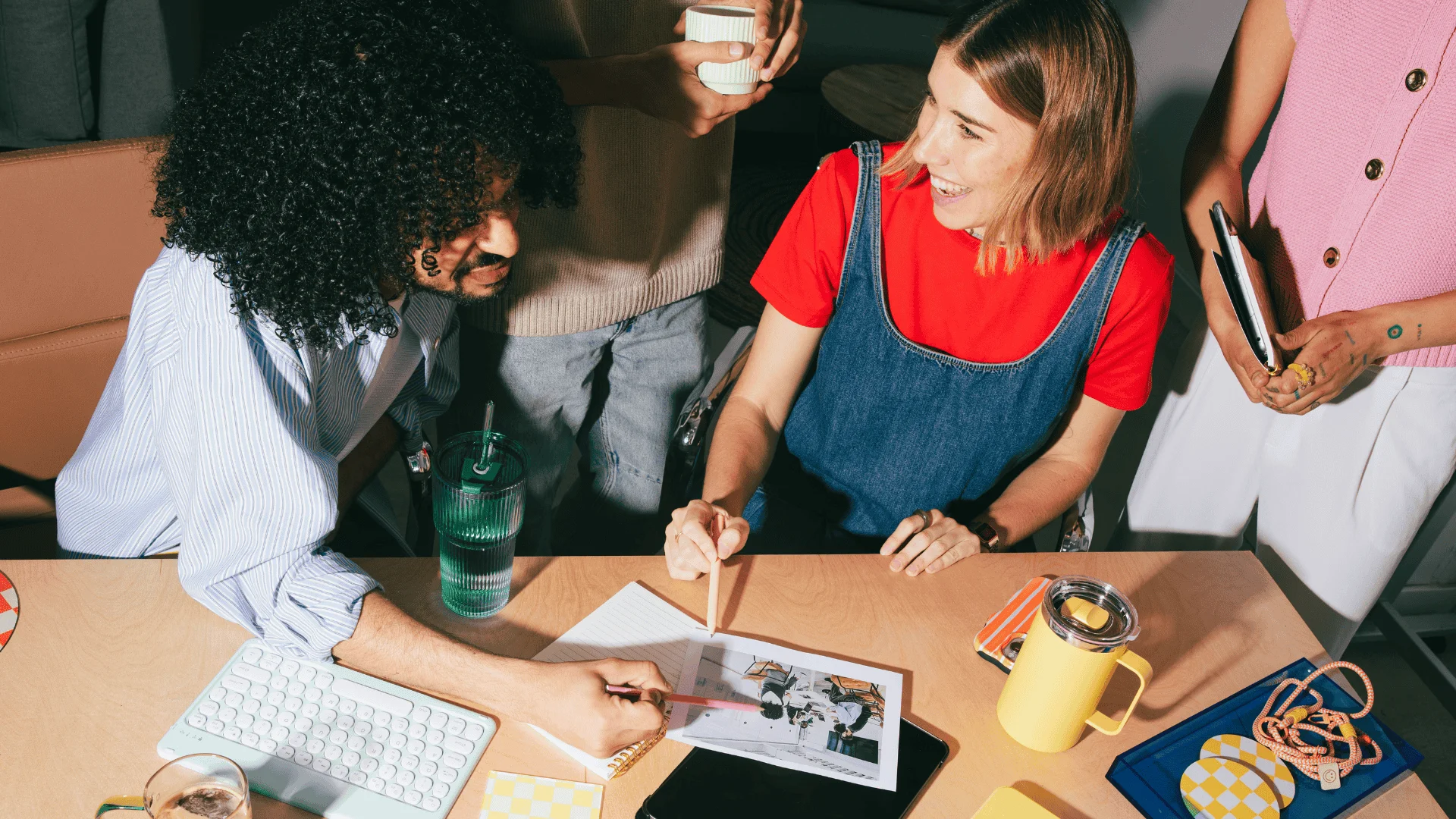When Art Meets AI: How Technology Can Transform Creative Work
29 Oct, 20255-6 minsAI is no longer a tool on the peripheries of creativity. In fact, it’s challenging the...
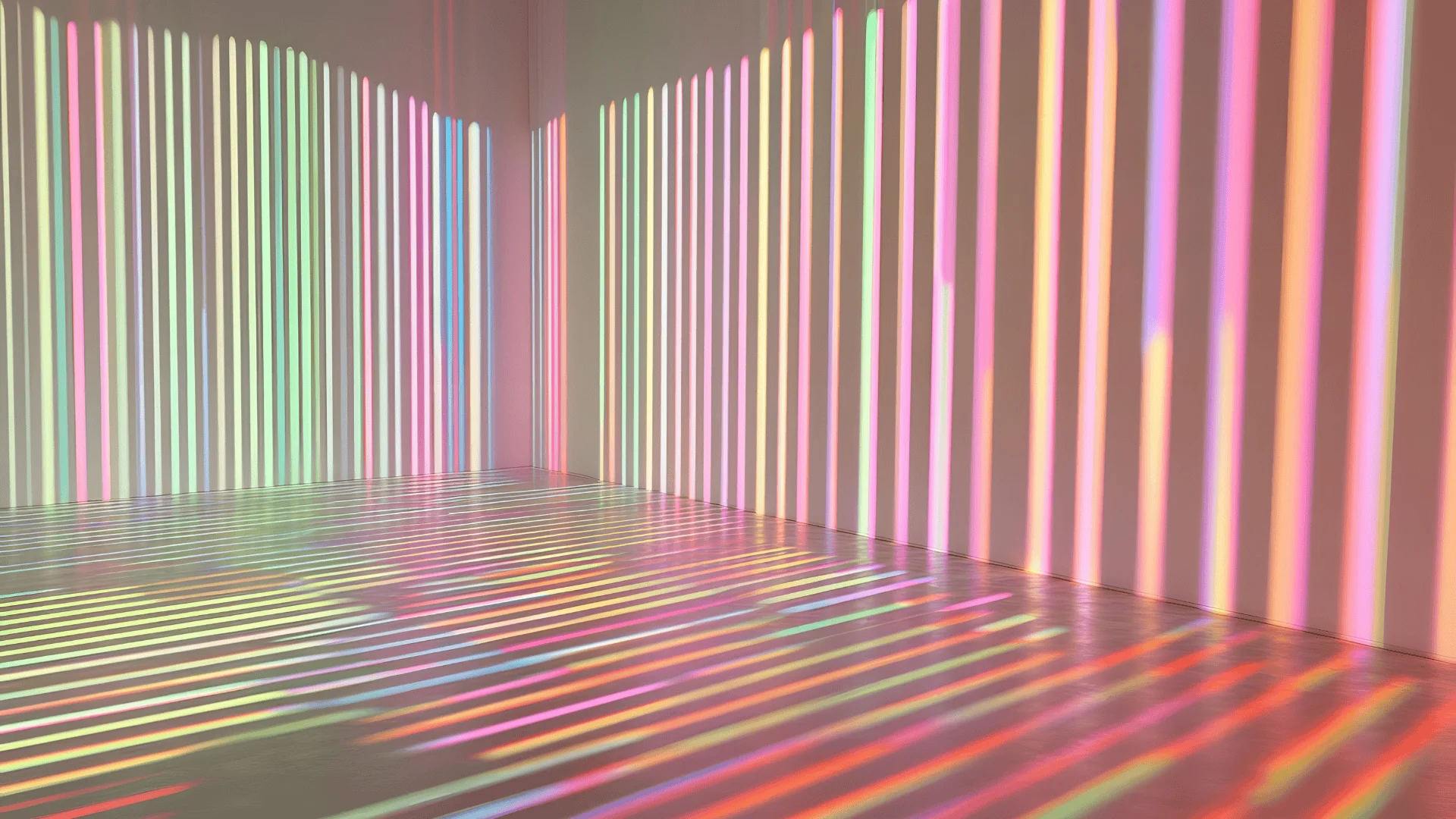
AI is no longer a tool on the peripheries of creativity. In fact, it’s challenging the very definition of what it means to make art. From humanoid robots producing their own self-portraits to generative algorithms creating works that can sell for thousands, technology is reshaping both process and authorship in the art world.
This disruption raises familiar questions for business and tech leaders: What is the role of human skill when machines can replicate, remix or generate work at scale? Can innovation maintain authenticity, or does automation risk diluting creative intent? And as AI becomes increasingly capable, how do we assess the value of work, ideas and the people behind them?
The conversation around AI and creativity mirrors the broader challenges faced by teams across tech. It’s about balancing human insight with technological capability, curiosity with control, and experimentation with strategy. By looking at how art is evolving in response to AI, we can better understand how innovation, talent and culture intersect – and what that might mean for organisations aiming to stay ahead in a rapidly changing world.
The Evolution of Creative Disruption
AI in the art world is the latest chapter in a long history of technology reshaping creative practice. From the invention of photography in the 19th century to digital art in the late 20th century, each new tool has prompted both excitement and scepticism in equal measure. For example, early photographers were often dismissed as ‘not real artists,’ just as digital artists faced initial criticism for relying on software over traditional techniques. Yet these innovations went on to expand what art could be, opening new avenues for expression and audience engagement.
In the art sphere, the 60s were a particularly influential period. Initiatives like Experiments in Art and Technology (E.A.T) brought together engineers and artists to explore multimedia installations, interactive performances, and new media experiments. These partnerships reflected a broader cultural shift in which creativity was no longer a solitary pursuit but an intersectional one, where technology and human ingenuity could combine to produce entirely new forms of expression.
Then, the late 20th and early 21st centuries introduced digital art, immersive installations and generative media. Artists began using software, coding and 3D modelling as integral parts of their practice. Interactive exhibitions invited audiences to participate, blurring the line between creator and viewer. And then came NFTs and blockchain, providing artists new ways to monetise digital work and verify authenticity, while simultaneously raising questions about value, ownership and the commercialisation of creativity.
What ties these waves together isn’t just the tools themselves, but the questions they bring about: How does technology alter the creative process? And how do audiences engage with creations made partially or entirely by machines?
But these questions aren’t just ones for artists. As AI enters workflows, these same tensions now exist in boardrooms: which tasks remain human, where can automation add value, how to preserve originality at speed, and how to find the right balance between machine capability and human expertise.
By understanding this historical context, it’s clear that AI is not a sudden rupture but the latest evolution in a longstanding dialogue between art and tech – one that continues to define what’s possible both in galleries and in the workplace.
AI and the New Era of Creativity
Today, AI is actively shaping creative practice, process and output. Humanoid robots like Ai-Da produce self-portraits while generative algorithms can create intricate visuals, writing, music and designs at scale. These developments are prompting debates around authorship, intent and value, echoing the controversies surrounding photography, digital art, and interactive installations in previous eras.
For organisations, the implications extend beyond gallery walls and exhibition spaces. Creative teams today are navigating a landscape where AI tools can accelerate ideation, automate repetitive tasks, and generate entirely new forms of content. Designers, marketers, and product teams are experimenting with AI to prototype faster, visualise complex concepts and explore creative directions that would have been impossible just a few years ago. But this also raises a fair few strategic questions: If machines can generate ideas, how do we define the value of human insight? And how do teams maintain originality and authenticity while working alongside algorithms?
Looking to the art world offers a clear analogy. Just as collaborations between artists and engineers in the 1960s expanded the boundaries of what could be achieved, modern teams that embrace AI can use it to amplify their own creativity rather than replace it. In other words, AI can act as a collaborator, an assistant, or a source of inspiration, but the human touch remains essential in guiding vision, shaping context, and making judgment calls. Because when we think about it, creativity is not simply about output; it's about intention, curiosity, and cultural understanding.
Plus, over-relying on AI and automation risks diluting the very creativity that differentiates teams in the market, making the ability to balance AI tools with human expertise a core skill for both leaders and individual contributors in creative fields.
In short, AI is less a threat to creativity than a catalyst for rethinking how teams work, collaborate, and innovate. The same exact principles that apply to artists navigating generative algorithms – experimentation, iteration, and intentionality – are now central to organisations seeking to remain competitive in a rapidly evolving landscape of ideas, products, and experiences.
Ethics, Authorship and Human Touch
AI’s creative capabilities raise questions that are both philosophical and practical. When a generative algorithm produces an image, design or piece of writing, who owns the work? The human who trained the system, the developer who wrote the code, or the machine itself? For businesses, these questions influence intellectual property, branding, and the way creative teams structure workflows.
Plagiarism and data ownership are particularly pressing concerns. Many AI models are trained on existing works without explicit consent, meaning that outputs may inadvertently reproduce or reference copyrighted material. Organisations need to manage these risks carefully, ensuring AI enhances originality rather than undermines it and that legal and ethical standards are maintained when integrating AI-generated content into products, campaigns or customer experiences.
These challenges also highlight a key principle: AI is a tool, not a replacement for human judgment and critical thinking. Intent remains central. Unlike a human artist, an algorithm does not possess context, cultural or emotional understanding – all of which are essential for meaningful creative work. For teams, this reinforces the importance of human oversight. Creative leaders are increasingly expected to act as curators, evaluators, and strategists, guiding AI output to align with brand values, market needs, and cultural relevance.
Ultimately, the rise of AI in creativity challenges businesses to rethink how work is produced, who is credited, and how teams collaborate. By addressing these ethical and practical questions proactively, organisations can harness the potential of AI while preserving the human ingenuity, cultural resonance, and critical thinking that remain at the heart of truly innovative work.
The Future of Creativity
By taking stock of prior technological crossovers in the art world, it’s clear that AI is definitely not the end of creativity; simply a new chapter in its evolution. Just as photography, digital art, and immersive installations once disrupted artistic practice, generative algorithms are challenging how we define creation, collaboration, and authorship. The takeaway for teams and organisations is that innovation thrives when human insight intersects with technological capability.
Teams can leverage algorithms to explore possibilities faster, test ideas at scale, and uncover patterns that might remain invisible through intuition alone. But the human element – cultural understanding, intent, emotional intelligence and strategic judgment – is irreplaceable.
Today’s key challenge for creative teams is learning to wield technology ethically, intentionally and purposefully, since future-ready organisations don’t choose between people and machines – they focus on building teams that combine both.
If you’re scaling your tech, marketing, or commercial team, let’s talk about how you can harness innovation while keeping the all-important human touch that makes it truly impactful.
The bottom line
Hiring contractors shouldn’t create more work. With Propel, you get flexible, on-demand talent while we manage the admin behind the scenes so you can stay focused on what you do best while we take care of the rest – onboarding, contracts, compliance, and payments.
Your contractors get paid on time. You get one invoice.
Curious how we can help your team scale?
